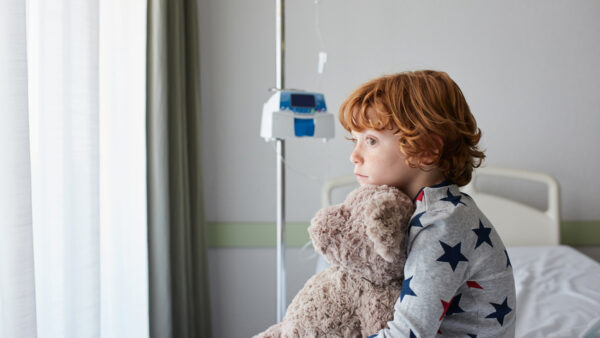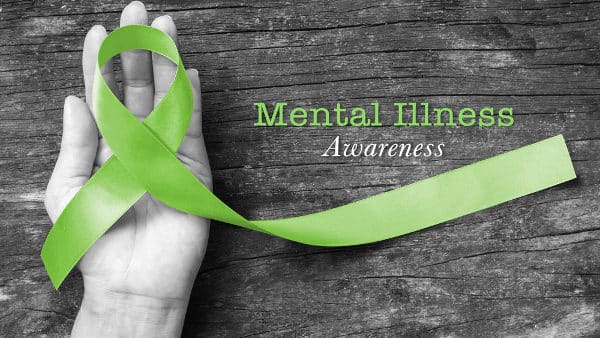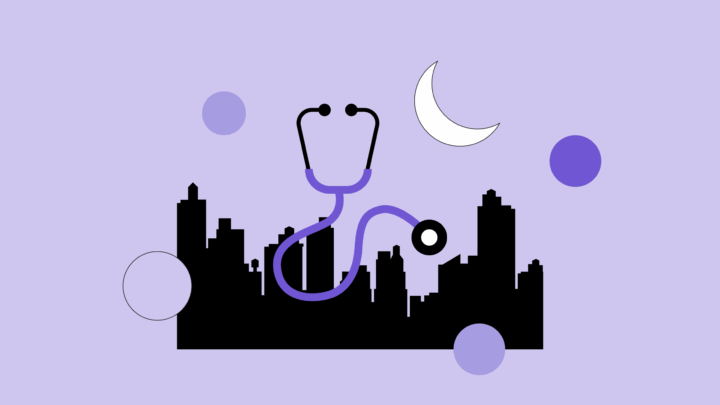
According to a recent report in JAMA, ER visits that are related to mental health have significantly increased among children, teenagers, and young adults.
The New York Times reports, “The findings indicated an ‘urgent’ need for expanded crisis services, according to the team of researchers and physicians who published the report.
The research, drawn from data from the National Hospital Ambulatory Medical Care Survey, looked at the annual number of mental health-related E.R. visits by people 6 to 24 years old. From 2011 to 2020, the figure rose from 4.8 million to 7.5 million, the team found, a period in which the overall number of pediatric E.R. visits fell. In effect, the proportion of E.R. visits for mental health-related issues roughly doubled, from 7.7 percent to 13.1 percent.
The number of visits rose for many conditions, including mood and behavioral disorders, substance use and psychosis. But the increase in suicide-related issues was most pronounced, increasing to 4.2 percent of all pediatric emergency room visits in 2020 from 0.9 percent in 2011…”
In a recent Sermo poll, 300+ global physicians agreed with this report:
Here is more of what Sermo physicians have to say on this topic—their medical perspectives and opinions—in their own words:
“I am not sure where else an acutely suicidal adolescent should go after hours instead of a hospital? Surely not a police station or youth centre who are less equipped to manage a mental health crisis.”
Pediatrics, Australia
“A large part of the blame for this apparently widespread prevalence of mental health concerns can probably be ascribed to social media and smart phones.”
Emergency Medicine, U.S.
“Yes, we need a dedicated national commitment and we need to be honest that this will involve far more than CBT and meds, it will require a change of the social landscape and an open-ness to a wide variety of treatment models as well as new models of collaboration. We need to also be honest about the cost of isolation and alienation and the imperative to restore communities far beyond the nuclear family. Not easy to be sure, but what choice do we have?”
G.P., Canada
“We also have increased problems due to lack of appreciation for individual differences. Patients must be medicated to behaviorally fit certain norms. Also people lack politeness & kindness which increases interpersonal conflict and bullying/ stalking. Workplaces & schools are not interested in addressing these problems.”
Family Medicine, U.S.
“In my professional experience I have had the experience of a high mental health condition in young people and adolescents and the most frequent is the presence of depressive symptoms and suicidal thoughts due to problems with couples. Also due to family non-acceptance of any sexual preference. I think it is important to give attention to this type of health problem.”
Internal Medicine, Cuba
“ER is the worst place for pediatric and mental health crisis. However, a pediatric ER would be better than a general ER.”
Emergency Medicine, U.S.
“I believe that all of us who dedicate ourselves to general medicine can verify that there is an increase in psychiatric diseases secondary to the pandemic. Mainly anxiety and depression. Although I think that with the end of the quarantine the cases have decreased.”
G.P., Mexico
“In adolescence (10-19 years) the multiple physical, emotional and social changes that occur in this period, including exposure to poverty, abuse or violence, can make adolescents vulnerable to mental health problems. Promoting the psychological well-being of adolescents and protecting them from adverse experiences that may affect their ability to develop their full potential is essential both for their well-being during adolescence and for their physical and mental health in adulthood.”
Intensive Care, Cuba
“The significant increase in mental health-related emergency room visits among children, teenagers, and young adults, as highlighted by the recent report in JAMA, is indeed a pressing issue that requires urgent attention. The data presented in the report underscore the growing mental health crisis among young individuals and the need for expanded crisis services and improved access to mental healthcare. The rise in mental health-related emergency room visits over the past decade is alarming, particularly when juxtaposed with the overall decrease in pediatric emergency room visits. This suggests a shifting pattern of healthcare utilization, with a larger proportion of young individuals seeking help for mental health concerns. The increase in visits for conditions such as mood and behavioral disorders, substance use, psychosis, and, most notably, suicide-related issues is deeply concerning.
The inadequate availability of appropriate mental health treatment options and preventive care exacerbates the problem, leading many families to turn to emergency rooms as their last resort. However, emergency rooms are often ill-equipped to provide the specialized care and interventions necessary for individuals experiencing mental health crises. The result is prolonged waiting times, overcrowding, and a compromised quality of care for those seeking help.
The consequences of delayed or insufficient mental health care for young individuals can be severe and far-reaching. Mental health issues not only impact an individual’s immediate well-being but can also have long-term effects on their educational attainment, social relationships, and overall quality of life. Failing to address these issues in a timely manner can perpetuate a cycle of suffering and hinder young people from reaching their full potential.
The urgent need for action is clear. A comprehensive and dedicated national commitment is required to address the gaps in mental health care for young individuals. This commitment should involve various stakeholders, including policymakers, healthcare providers, educators, and community leaders. Some critical steps that need to be taken include:
1. Increasing Funding: Allocating more resources and funding to mental health services for children and adolescents, with a focus on early intervention and prevention programs. This includes investment in community mental health centers, school-based mental health services, and crisis intervention teams.
2. Improving Access and Coordination: Ensuring that mental health services are accessible and coordinated across various healthcare settings. This involves reducing barriers to access, expanding telehealth options, integrating mental health services into primary care settings, and establishing effective referral systems.
3. Enhancing Mental Health Education: Implementing comprehensive mental health education programs in schools to promote awareness, destigmatize mental health issues, and equip young individuals with the knowledge and skills to maintain their mental well-being.
4. Strengthening Crisis Response Systems: Developing specialized crisis response teams that can provide immediate support to young individuals experiencing mental health emergencies. This includes establishing crisis hotlines, crisis stabilization centers, and mobile crisis units.
5. Supporting Mental Health Research: Investing in research to better understand the underlying causes of the rising mental health issues among young individuals, identify effective interventions, and inform evidence-based policies and practices.
Addressing the mental health crisis among young people requires a concerted effort and collaboration across multiple sectors. By recognizing the urgency of the issue, committing to comprehensive action, and prioritizing the mental well-being of our youth, we can work towards a society that supports and nurtures the mental health of its youngest members. Only through such collective efforts can we ensure that young individuals receive the care and support they need to thrive and lead fulfilling lives.”
G.P., India
“Mental health problems have increased in young people, due to technology, and it worsened with the pandemic that caused the isolation of everyone and further increased the use of technology and to stop these disorders, psychotherapy is always very important and when parents, teachers or guardians are able to identify problems in time.”
G.P., Cuba
“As a pediatric resident, I see our ED consistently full with patients presenting for mental health concerns. Many of these patients board for days in the ED awaiting placement which adds to their mental health difficulties.”
Pediatrics, U.S.
Everyday thousands of Sermo member physicians from diverse backgrounds and experiences exchange knowledge with each other. Sermo is the original medical social network that empowers today’s physicians. Over 1 million fully verified physicians across more than 150 countries come to our platform to talk with peers, participate in paid medical studies, solve challenging patient cases, contribute to the world’s largest database of drug ratings – and enjoy a few laughs along the way.
Interested in more? Check back any time and follow us on Facebook, Twitter, and LinkedIn for the latest and greatest in physician insights.
Are you a physician or healthcare practitioner?
Explore the many benefits of Sermo’s medical community and join in on all the exciting conversations when you sign up for free today.














